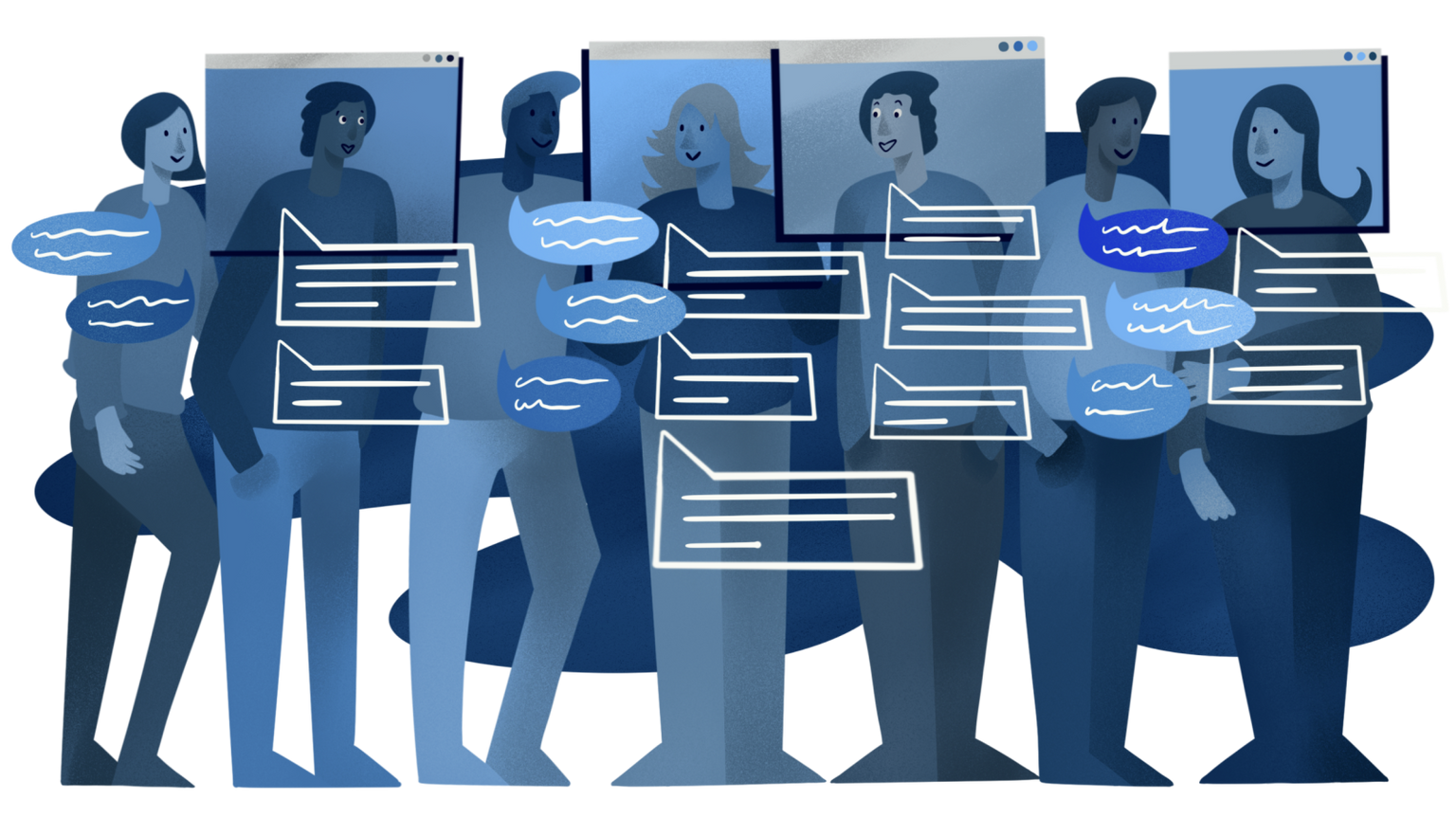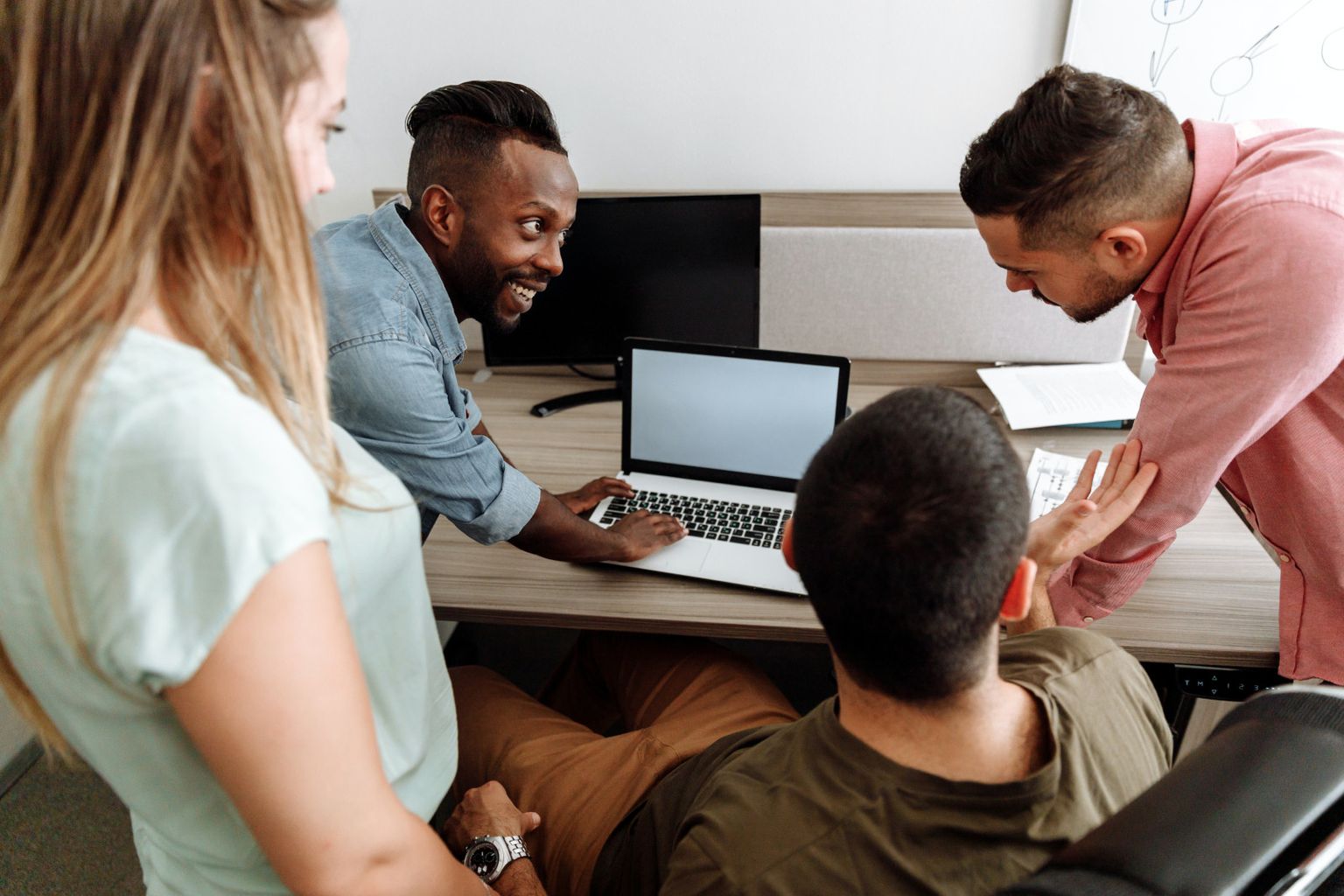Work and school between self and distance learning
Academy
Precious allies of enterprises and educational establishment during pandemic. How does they work? And, above all, what remained of them nowadays?

“We all have to give up something for the sake of Italy…I am about to sign a decree that we can sum up with the expression “I’m staying home!”
That was March 9, 2020. It goes without saying where this excerpt came from and who uttered these words; it is a sharp reminder for anyone who reads it and it hold only one meaning: the beginning of the lockdown.
While for some it meant a forced rest from work activities, for others this marked the double lockdown of classrooms and the advent of the then little-known distance learning.
Are we ever going to come back in class?
Between snap press review and sudden route changes we have often asked ourselves that.
The impact that school closures have had on teachers and students is considerable, many were the difficulties encountered during the period when DAD took hold, and just as many were the consequences.
However, if every dark cloud has a silver lining, then, we can say that the pandemic accelerated a process that had already largely begun: the push toward self-learning. To be involved not only schools with asynchronous distance learning, but also companies, with specialized courses for professionals.
Self and distance learning
From the earliest days of the pandemic, it was clear to everyone that the education system was not digitized enough to allow a rapid shift from face-to-face to distance education.
For students, the use of devices didn’t seem to represent an issue; while the most affected have been the teachers, who are accustomed to a more traditional school model and poorly trained in the use of new technologies and related teaching methodologies.
It is not simply a matter of having a different place of use, the substantial difference between face-to-face teaching and remote learning lies in the approach to teaching and learning.

Engagement
If for college students and professionals, interest in learning is self-induced, for children and teenagers it is a different story. An established truth of traditional education is that there can be no learning without emotional and cognitive involvement.
Thrilling and conveying passion to children outside the protected spaces of school, and doing so mediated by a screen, is significantly more complicated. It means having to change modes, engineer interactive content creation, and take into account that the relationship may still be less effective.
The main victim of distance education is sociality. Without human contact, confrontation, competition and alliance, which are essential to the development of social skills, are not possible.

Focus
The span of time in which we can stay focused drops considerably when we are behind a screen.
Therefore, enjoying in a distance learning lesson scheduled to be in presence can be unproductive for both students and teachers. In addition, nonverbal language, of which gestures are a part, is cancelled out by the small framing of the webcam, making interaction more difficult and less effective.
Self-learning
Two kinds of digital teaching were implemented during the pandemic: asynchronous and synchronous, which means a postponed fruition or a simultaneous one.
We could compare the first one to self-learning; very popular in the last few years and already taken into account in many working environments

At school
When we talk about self-learning in the school environment, we refer to the asynchronous distance learning model. To better understand, we are dealing with asynchronous distance learning when study materials are uploaded and enjoyed at different times.
So the student delves deeper, takes tests and proceeds through the course respecting his or her own time and no longer that of the class group. This mode works very well for college students, who are more responsible and able to self-manage.

Professionals
In the professional sector, the trend developed for the same cause – the lockdown, but in a different way. Many, who have found themselves with nothing to do, have tried their hand at learning new trades or specializing in their own, through the use of online courses on e-learning platforms.
Having more time for oneself also means being able to use it to improve one’s work career, or to learn a hard-skill in limited time. Here is the strength of self-learning: being able to do it anywhere in the world, independently and at your own pace.

Self-learning in company
In business contexts we will talk more about self-learning than asynchronous remote learning. Giving space for staff training means having better-prepared employees and a company up to date with the latest news and trends.
Essential to the offer is therefore the comparison with the external market and other business lines. From the analysis of this data, ad hoc courses can be developed in order to be able to offer the customer cutting-edge products and services.
What’s left of distance learning?
The bright side
There is no denying that distance learning has changed the way we experience school and the workplace, although it also brought with it quite a few issues. But, if we looked at the other side of things more carefully, we would see that some of the techniques we were forced to adopt in pandemic times can make our work more productive today.
From both school and business perspectives, placing emphasis on the individual, offering activities designed to develop each person’s skills, allows us to be more professionally active. The autonomy that self-study imposes on us also allows us to have students, but also professionals, which are more responsible and better able to manage timelines and deadlines.
Whether between teacher and student, or manager and intern, the pandemic has forced and helped us to create horizontal relationships; maybe because encouraged by a general feeling of ‘standing all on the same boat’. Recognizing ourselves as part of a team facilitates the exchange of ideas and enables the creation of a business community.
This world is running fast and it is necessary to stay on top of it, reinvent oneself, become dynamic and cross-skilled. Undoubtedly, technological innovation is the prime cause which – once we get over the hurdle of having to apply ourselves and change our habits – allows us to discover unique ways of working, learning and, overall, living.